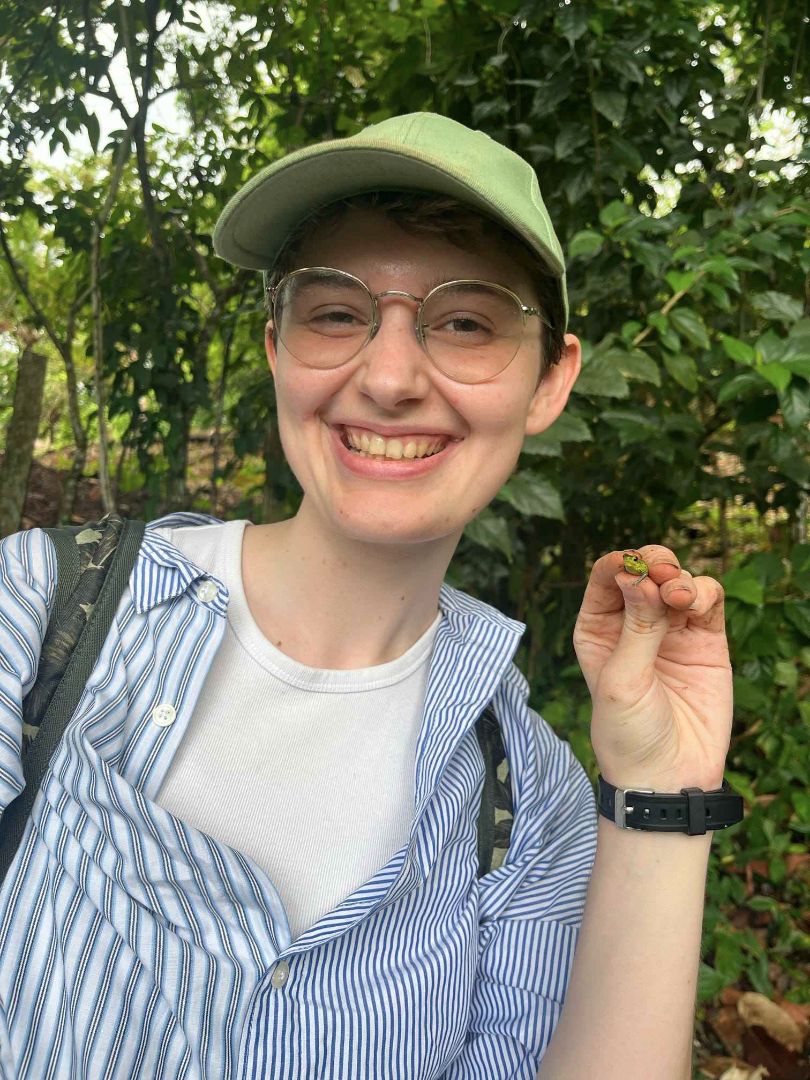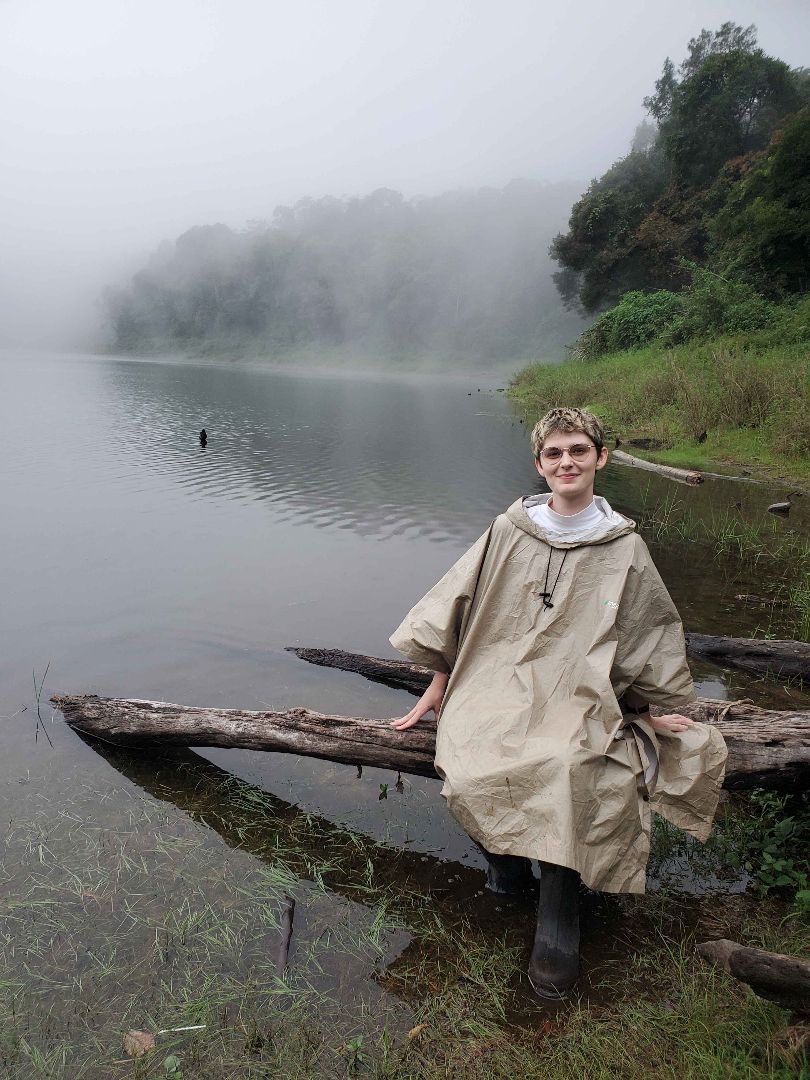
Rain is always in the forecast for Panama during the wet season, but the intensity, duration, and location generally remained a mystery; as a result, I was soaked by sudden downpours many times and to avoid that happening again I began to wear my poncho even when there was no apparent immediate threat of rain. As a field scientist, this extreme environmental condition was very helpful to experience for future field research where I will have to adapt to similar sudden interruptions to my schedule.
Any moment with AC was greatly cherished but the most exciting parts of the program for me were the nights that we spent “frogging.” These nights were especially humid and buggy, but I would not have rather been anywhere else. My motivation to attend this program is very closely tied to the frogs of Panama. Amphibians are the group currently experiencing the highest rates of extinction in large part due to the disease chytrid which caused the wild extinction of the Panamanian national symbol, the Panamanian golden frog. The Panamanian golden frog’s story was what i
This program was not only professionally fulfilling but personally as well. I am a first-generation student, and this was my first time outside of the United States in my entire life. Leaving the United States and experiencing something that none of my family has allowed me to understand myself better. I have only taken 2.5 years of Spanish so bridging that language barrier and breaking down how human communication can work was enlightening. Sometimes I catch myself beginning to speak in Spanish when talking to a stranger, and it is like a reminder of my time in Panama.
Name: A. Proudfoot
Status: Senior
Major: Fisheries and Wildlife
Hometown: Brooklyn, Michigan
Program: American Colonialism and the Creation of Biodiversity in Panama